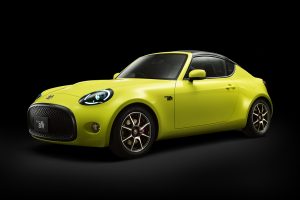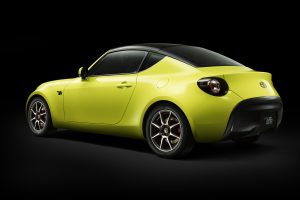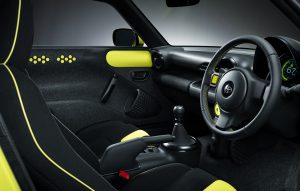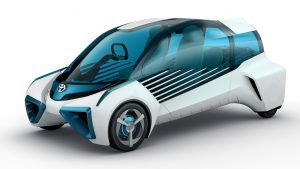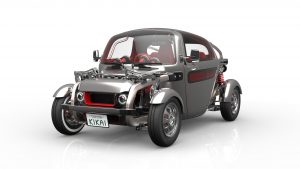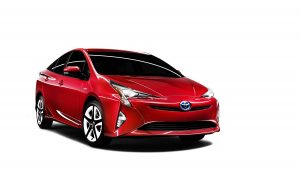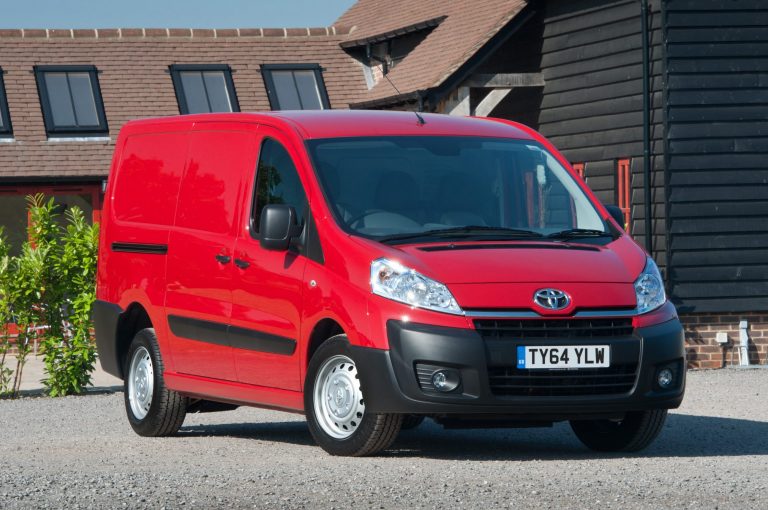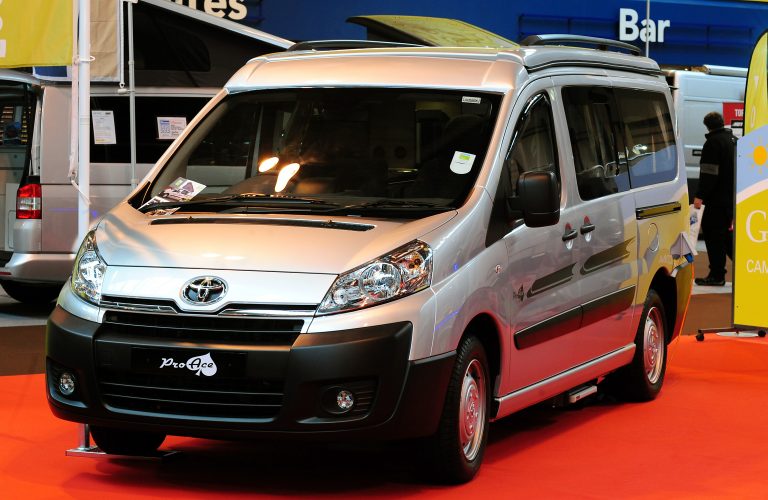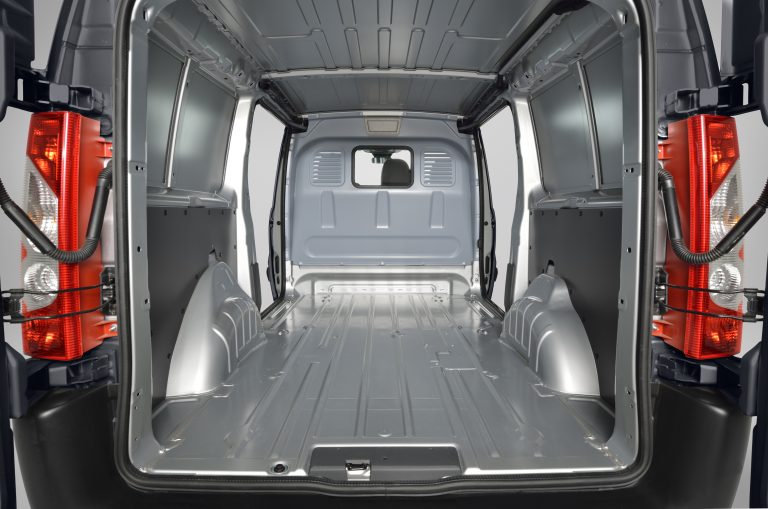Toyota Lines Up New Sports and Fuel Cell Concepts for the Tokyo Motor Show
- Toyota S-FR compact front engine/rear-wheel drive concept
- Toyota FCV Plus concept, designed for a future hydrogen-based society
- Toyota KIKAI concept, which makes the car’s mechanical elements central to the design
- First appearance of the new Kirobo Mini compact robot partner
Toyota will present new concepts and models that capture its vision of future mobility at the Tokyo motor show later this month. As well as new Prius and the Toyota C-HR hybrid crossover concept recently unveiled in Frankfurt, its presentation will include world-first appearances for three contrasting new concepts, including a fun-to-drive, entry-level rear-wheel drive sports car, a new fuel cell vehicle and a car in which the mechanical elements are central to its design and appeal.
Toyota S-FR
The S-FR is a new concept that celebrates Toyota’s fine heritage of lightweight, fun-to-drive sports cars, a line that stretches back from today’s GT86 to the 2000GT and S800 of the 1960s.
Pitched as an entry-level model, its focus is on responsiveness and character that can make a new generation fall in love with driving. Toyota sees it as the kind of car that can attract its own die-hard fan base of drivers and customisers.
The design marries simplicity and compact design to bring human and machine closer together. An exceptionally lightweight body and a front engine/rear-wheel drive drivetrain contribute to responsive performance and direct handling, generating a real sense of connection between driver and car.
The design presents a long nose and wide stance for a classic sports car profile and the rounded bodywork adds to the S-FR’s welcoming appeal.
The engine has a front/midship location, with optimal weight distribution and independent suspension securing excellent cornering performance. A six-speed manual transmission supports smooth acceleration, adding to the car’s fun, responsive drive.
Toyota FCV Plus
The FCV Plus concept explores how the hydrogen fuel cell used to power a car can also be deployed to as an energy source for general use. As well as having its own hydrogen fuel tank, the FCV Plus can generate electricity from hydrogen stored outside the vehicle, so the car can be used to produce power in different locations – at home, at work, or further afield.
This versatility reflects Toyota’s vision of a sustainable society where hydrogen energy is in widespread use.
Compressed hydrogen has a higher energy density than electricity, can be produced from a wide range of raw materials and is easy to store – all qualities that make it a promising future source of energy.
Clean hydrogen generation from different primary energy sources will make local, self-sufficient power generation possible, with fuel cell vehicles taking on a new role as power sources within their communities. Toyota’s aim is to give the automobile a new sense of purpose by developing fuel cell vehicles from eco-cars into energy-cars.
When the car is not being used for transport, it can share its power generation capabilities with communities as part of the local infrastructure. The fuel cell stack can be reused as a device to generate electricity, going beyond the traditional functions of a car.
The fuel cell stack in the FCV Plus is mounted between the front wheels, with the hydrogen tank located behind the rear seat. Together with independent in-wheel motors in all four wheels, this allows for a spacious cabin within a compact vehicle body. Concentrating the functional parts of the car at the front and rear creates an ideal weight balance and gives the driver a wide field of vision.
The concept is 3,800mm long, 1,750mm wide and 1,540mm high, with a 3,000mm wheelbase. The distinctive sleek exterior design is supported by a rigid frame in an overall lightweight package. As a whole, the design has been conceived to express both the car’s advanced technology and its outstanding environmental performance.
Toyota KIKAI
KIKAI makes the car’s mechanical parts something to be seen and admired, rather than concealing them from view. The vehicle’s inner workings have become part of the exterior in a design concept that breaks with convention.
This approach extends to the details such as the fuel tank, exhaust, analogue meters and switchgear. There is even a small window by the driver’s feet, giving a view of the tyres, suspension and road surface. The movement of the front suspension’s upper control arm can also be seen through the windscreen. The effect is to create a new driving sensation that reveals how actions of cruising, turning and stopping in everyday driving are achieved.
The driver’s seat is positioned centrally, putting the driver at the heart of the action. A triangular arrangement of the three passenger seats and an expansive side window that extends up to the roofline help create a congenial cabin environment.
Kirobo Mini
Kirobo the robot astronaut won fans around the world during its International Space Station mission earlier this year. Now Toyota has created Kirobo Mini, a robot with the same “heart” that it hopes can become a friendly companion, communicating with people through expressions and gestures. It stands 100mm tall, weighs about 200g and speaks Japanese.
Kirobo has been developed through Toyota Heart, a joint project with Denso, Robo Garage and the University of Tokyo’s advanced science and technology research centre to explore meaningful communications between humans and robots.
Other Tokyo show presentations
The new, fourth generation Prius will make its Japanese debut at the Tokyo motor show, together with the Toyota C-HR Concept that previews a new production compact hybrid crossover that Toyota will unveil next year.
The show will take place at the Tokyo Big Sight exhibition centre from 30 October to 8 November, with media days on 28 and 29 October.

